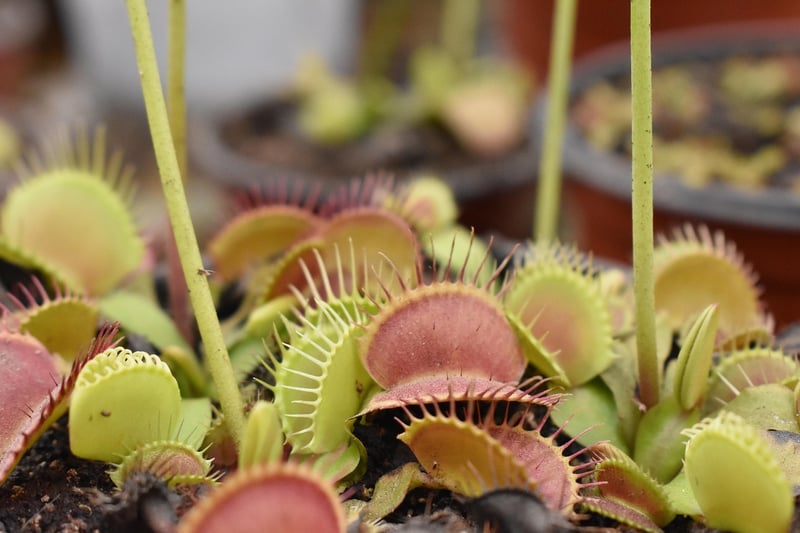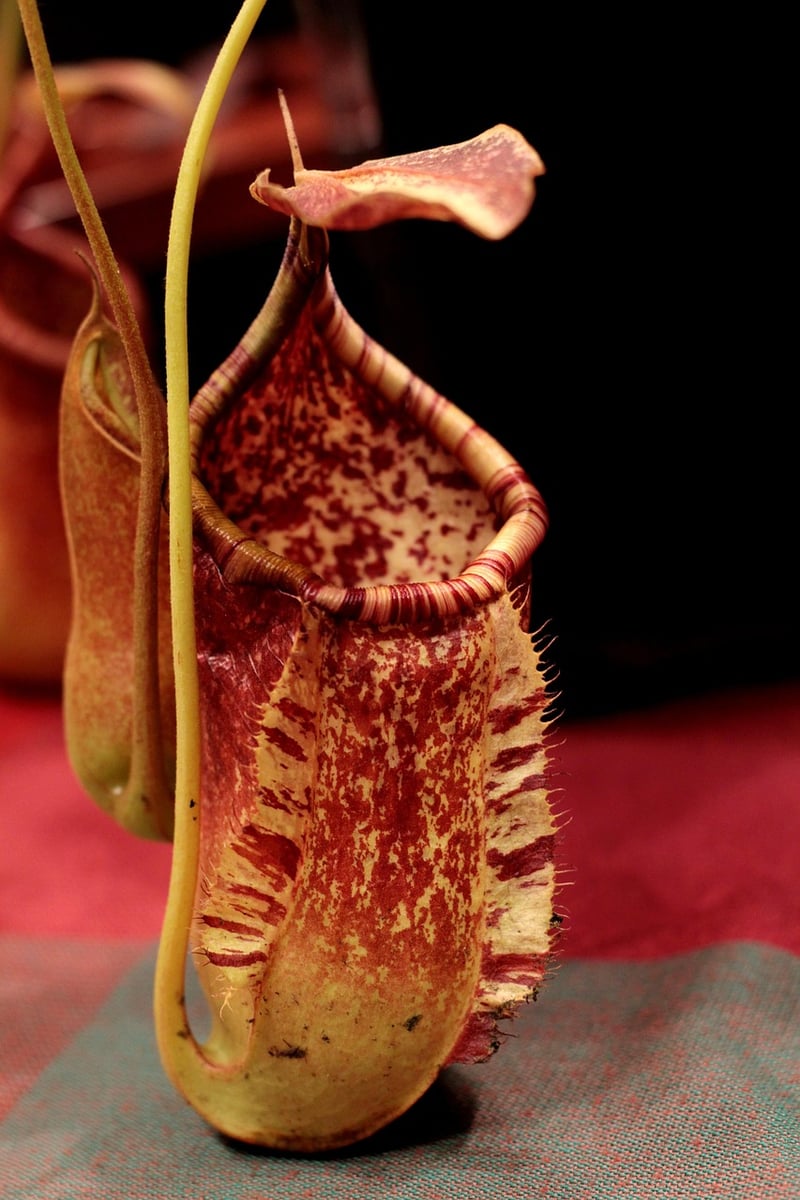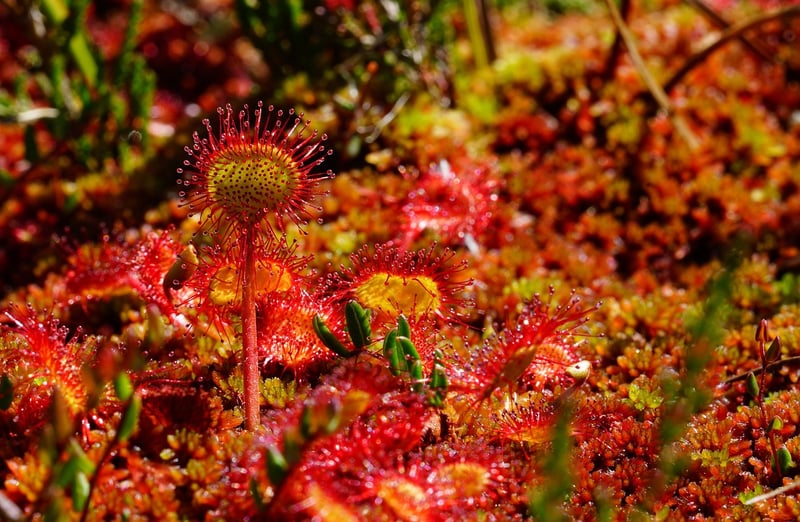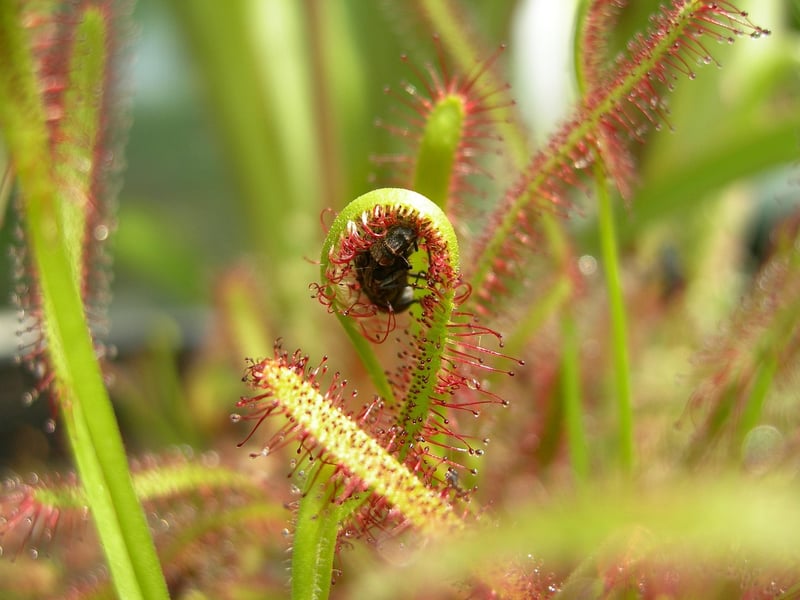Carnivorous Plants
Exploring Plant Varieties: Carnivorous Plants
When we think of plants, we often picture green leaves, colorful flowers, and peaceful landscapes. However, there is a fascinating category of plants that deviate from this norm - carnivorous plants. These unique species have evolved to obtain nutrients by trapping and digesting small insects and other organisms. Let's delve into the intriguing world of carnivorous plants and discover some of the most remarkable varieties.
Venus Flytrap

The Venus Flytrap is perhaps the most iconic carnivorous plant. Native to the wetlands of North and South Carolina, this plant lures insects with sweet nectar on its modified leaves. When an unsuspecting insect triggers the tiny hairs inside the trap, the leaves snap shut within milliseconds, trapping the prey. The plant then secretes digestive enzymes to break down the insect for nutrient absorption.
Pitcher Plants

Pitcher plants, found in various parts of the world, have modified leaves shaped like pitchers that contain a liquid solution. Insects are attracted to the plant by its colorful and scented nectar, but once inside the pitcher, they become trapped and drown in the liquid. The plant then absorbs the nutrients released during the decomposition of the insects.
Sundew

Sundews are known for their glistening, sticky tentacles that resemble dewdrops in the sunlight. These tentacles secrete a sticky substance that ensnares insects. As the insect struggles to break free, it becomes further entangled, allowing the plant to slowly curl its tentacles around the prey and digest it.
Conclusion
Carnivorous plants showcase the incredible diversity and adaptability of nature. From the Venus Flytrap's rapid snap to the Pitcher Plant's deceptive pitfall trap, each species has evolved unique mechanisms to thrive in nutrient-poor environments. Exploring these fascinating plant varieties offers a glimpse into the intricate and often ruthless world of predator plants.
Next time you encounter a carnivorous plant, take a moment to appreciate its remarkable adaptations and the wonders of the natural world.
